The services sector employed 51.6% of the Iranian employed population (12.23 million) in the fiscal 2022-23, 1.8% higher than the year before, whereas industrial and agricultural sectors generated 33.6% and 14.8% of jobs respectively, according to the Statistical Center of Iran.
Over 7.96 million were employed in the industrial sector, down 0.2% while 3.51 million worked in the agriculture sector, posting a 1.5% decrease compared with the year before.
The services sector consists of wholesale and retail trade; restaurants and hotels; transport, storage and communications; financing, insurance, real-estate and business services; as well as community, social, education, health and personal services.
The sector employed 10.05 million men and 2.17 million women in the year, such that 6.99 million men and 969,893 women were working in the industrial sector and 3 million men and 503,999 women were active in the agriculture sector.
Services accounted for 34.7% or 6.22 million of all jobs in urban areas and 30.1% or 1.73 million of jobs in rural areas. The industrial sector made up 5.8% or 1.04 million of the jobs in urban areas and comprised 42.8% or 2.47 million jobs in rural areas.
This is while 12.5% or 830,155 of the total jobs in urban areas and 17.6% or 108,305 of the jobs in rural areas were in the agriculture sector.
Employment is defined as persons of working age engaged in any activity to produce goods or provide services for pay or profit, whether at work during the reference period or not at work due to a temporary absence from a job, or to working-time arrangement.
The total employment rate was 37.2% (23.71 million) in the fiscal 2022-23, unchanged compared with the year before. Employment rates for men and women were 63% and 11.4%, respectively, which constituted 20.06 million men and 3.65 million women in the year under review.
The employment rate was 36.4% (17.94 million people) in urban areas and 39.9% (5.77 million) in rural areas.
The share of employment of university graduates stood at 26.7% of the total employed population, wherein male and female graduate employment rates were 23% and 47.5%, respectively. In urban and rural areas, graduate employment rates stood at 32.5% and 8.8% of the total number of job-holders, respectively.
Last year’s statistics show that 38% of the country’s labor force worked more than 49 hours per week, indicating a 0.2% increase compared with the year before.
Employment Without Growth
According to economist Zahra Karimi, thanks to the surplus number of workers in large industrial and service units, most of the new jobs are in the form of self-employment, or in enterprises with five or fewer workers.
“Between the Q2 of fiscal 2021-22 and 2022-23, up to 547,000 jobs were created in the services sector, whereas the number of employees in the industrial sector was 122,000 and the agricultural sector lost more than 300,000 jobs [mainly due to the water crisis] during the period,” she wrote for the Persian daily Donya-e-Eqtesad.
“Most of the jobs in services sector include peddling, retailing and jobs in the transportation sector,” she added.
Noting that according to official reports, the number of chauffeurs increased by one million in the fiscal 2021-22, the economist said, “Many of them had lost their jobs in manufacturing units and turned to driving since they had no other option. In Iran, just like many other developing countries in Asia, Africa and Latin America, you can observe the phenomenon of employment without growth. During recession, the share of manufacturing, sustainable and formal jobs decreases and the share of services, informal and unsustainable jobs with low productivity increases significantly.”
Karimi stressed that the significant growth of peddling in large and small cities, the rapid increase in the number of internet taxi drivers and the large number of small shops for buying, selling and repairing mobile phones are indications of declining investment and production, and increasing employment at the cost of lower productivity.


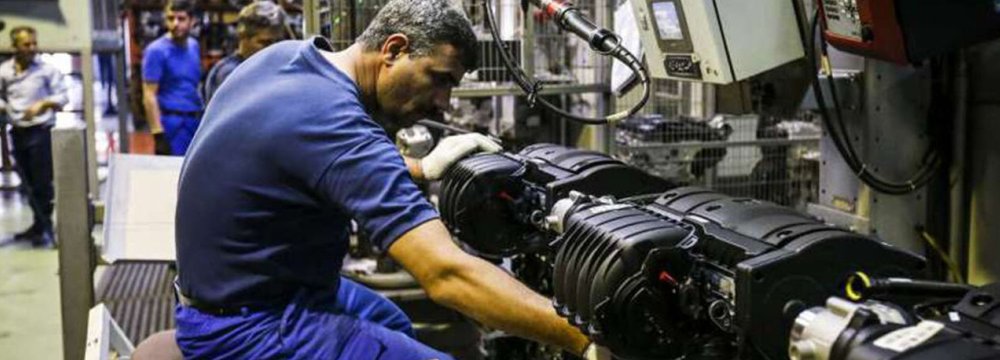
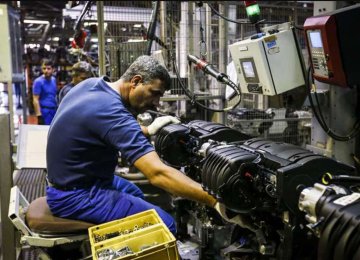
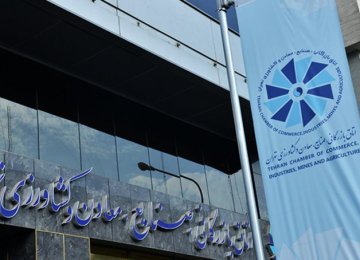
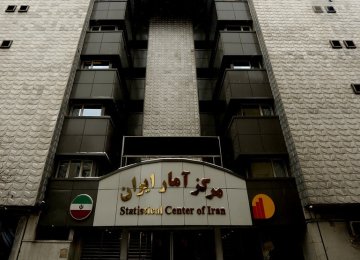
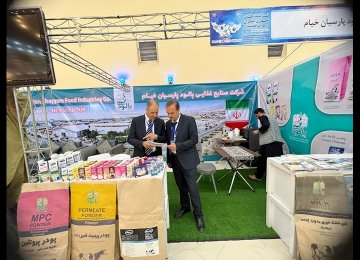


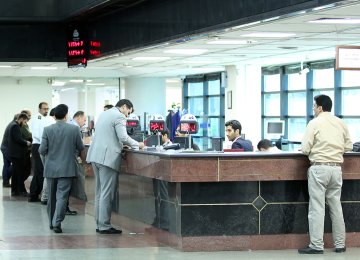
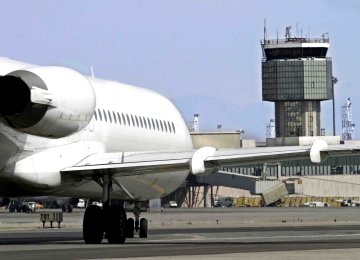


Add new comment
Read our comment policy before posting your viewpoints